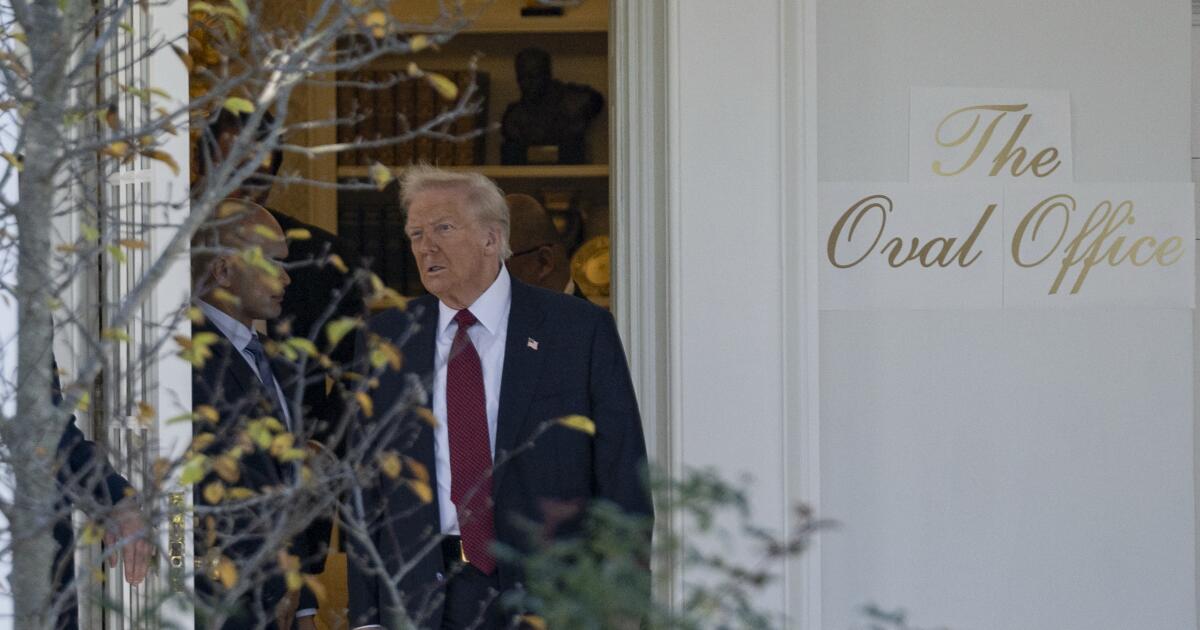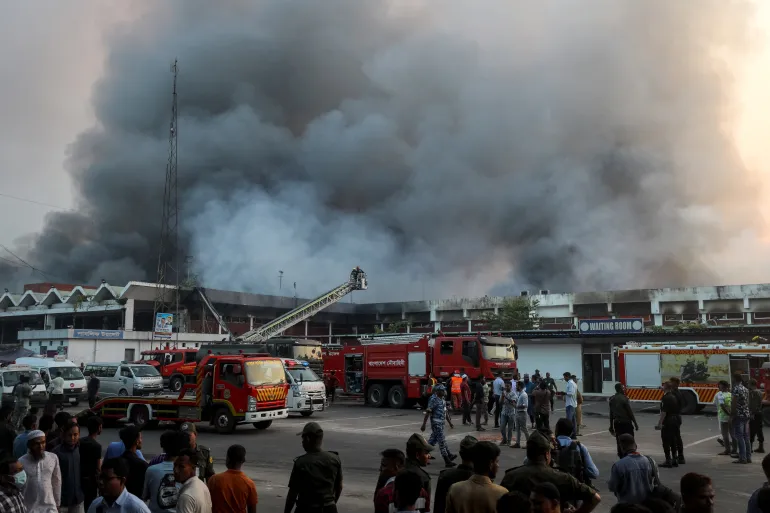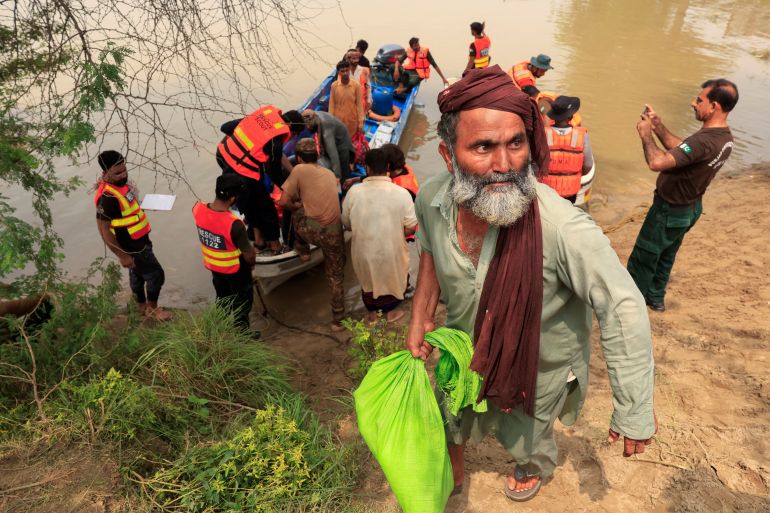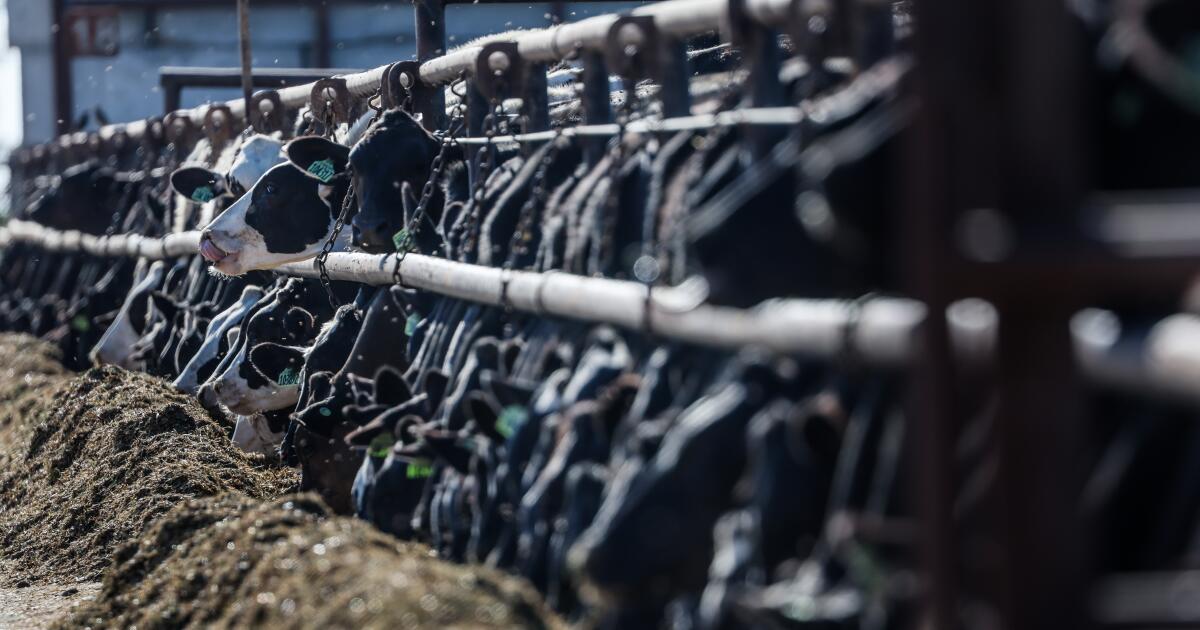After Republican election losses, Trump pushes lawmakers to end shutdown, filibuster
WASHINGTON — As the federal shutdown has dragged on to become the longest in American history, President Trump has shown little interest in talks to reopen the government. But Republican losses on election day could change that.
Trump told Republican senators at the White House on Wednesday that he believed the government shutdown “was a big factor” in the party’s poor showing against the Democrats in key races.
“We must get the government back open soon, and really immediately,” Trump said, adding that he would speak privately with the senators to discuss what he would like to do next.
The president’s remarks are a departure from what has largely been an apathetic response from him about reopening the government. With Congress at a stalemate for more than a month, Trump’s attention has mostly been elsewhere.
He spent most of last week in Asia attempting to broker trade deals. Before that, much of his focus was on reaching a ceasefire deal between Israel and Hamas and building a $300-million White House ballroom.
To date, Trump’s main attempt to reopen the federal government has been calling on Republican leaders to terminate the filibuster, a long-running Senate rule that requires 60 votes in the chamber to pass most legislation. Trump wants to scrap the rule — the so-called nuclear option — to allow Republicans in control of the chamber to push through legislation with a simple-majority vote.
“If you don’t terminate the filibuster, you’ll be in bad shape,” Trump told the GOP senators and warned that with the rule in place, the party would be viewed as “do-nothing Republicans” and get “killed” in next year’s midterm elections.
Trump’s push to end the shutdown comes as voters are increasingly disapproving of his economic agenda, according to recent polls. The trend was reinforced Tuesday as voters cast ballots with economic concerns as their main motivation, an AP poll showed. Despite those indicators, Trump told a crowd at the American Business Forum in Miami on Wednesday that he thinks “we have the greatest economy right now.”
While Trump has not acknowledged fault in his economic agenda, he has began to express concern that the ongoing shutdown may be hurting Republicans. Those concerns have led him to push Republicans to eliminate the filibusters, a move that has put members of his party in a tough spot.
Senate Majority Leader John Thune of South Dakota has resisted the pressure, calling the filibuster an “important tool” that keeps the party in control of the chamber in check.
The 60-vote threshold allowed Republicans to block a “whole host of terrible Democrat policies” when they were in the minority last year, Thune said in an interview Monday with Fox News Radio’s “Guy Benson Show.”
“I shudder to think how much worse it would’ve been without the legislative filibuster,” he said. “The truth is that if we were to do their dirty work for them, and that is essentially what we would be doing, we would own all the crap they are going to do if and when they get the chance to do it.”
Sen. John Curtis (R-Utah) said last week he is a “firm no on eliminating it.”
“The filibuster forces us to find common ground in the Senate. Power changes hands, but principles shouldn’t,” Curtis said in a social media post.
As the government shutdown stretched into its 36th day Wednesday, Trump continued to show no interest in negotiating with Democrats, who are refusing to vote on legislation to reopen the government that does not include a deal on healthcare.
Budget negotiations deadlocked as Democrats tried to force Republicans to extend federal healthcare tax credits that are set to expire at the end of the year. If those credits expire, millions of Americans are expected to see the cost of their premiums spike.
With negotiations stalled, Trump said in an interview aired Sunday that he “won’t be extorted” by their demands to extend the expiring Affordable Care Act subsidies.
On Wednesday, Democratic legislative leaders sent a letter to Trump demanding a bipartisan meeting to “end the GOP shutdown of the federal government and decisively address the Republican healthcare crisis.”
“Democrats stand ready to meet with you face to face, anytime and anyplace,” Senate Democratic Leader Chuck Schumer and House Democratic Leader Hakeem Jeffries wrote in a letter to Trump.
The White House did not immediately respond to a request for comment on the Democrats’ letter.
“The election results ought to send a much needed bolt of lightning to Donald Trump that he should meet with us to end this crisis,” Schumer told the Associated Press.
Trump’s remarks Wednesday signal that he is more interested in a partisan approach to ending the shutdown.
“It is time for Republicans to do what they have to do and that is to terminate the filibuster,” Trump told GOP senators. “It’s the only way you can do it.”
If Republicans don’t do it, Trump argued Senate Democrats will do so the next time they are in a majority.
Democrats have not signaled any intent to end the filibuster in the future, but Trump has claimed otherwise and argued that it is up to Republicans to “do it first.”




























